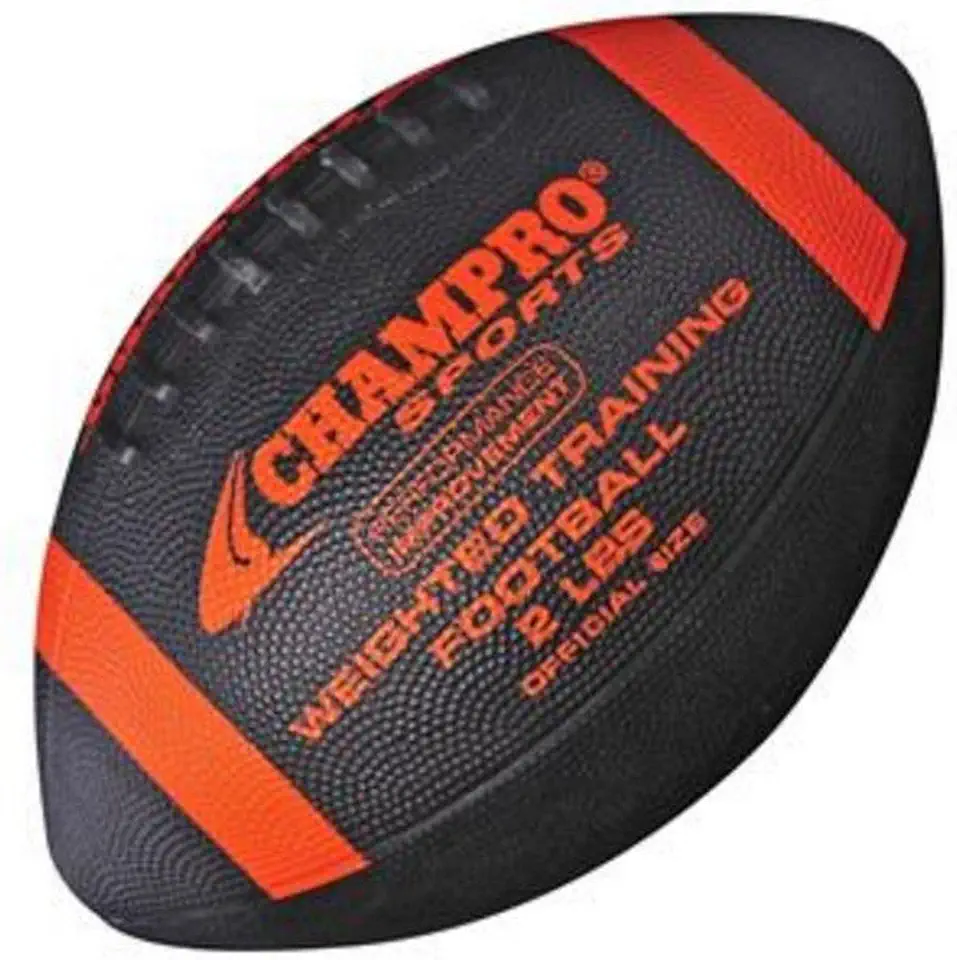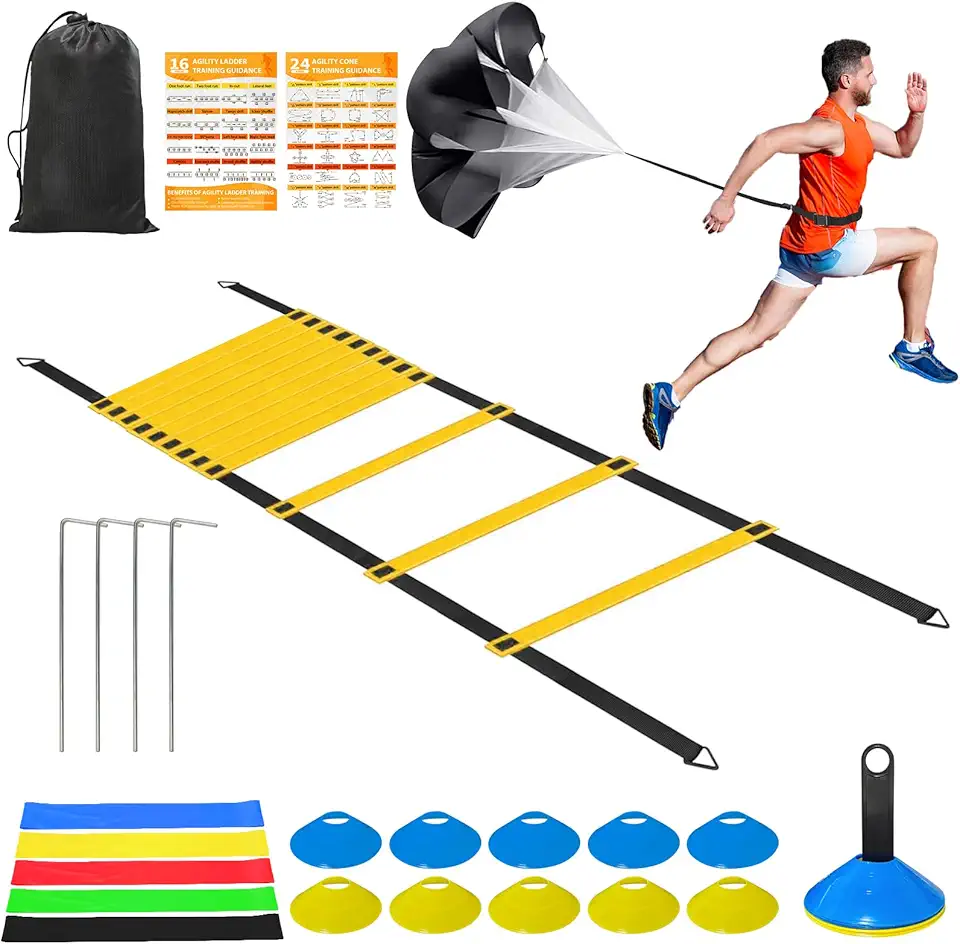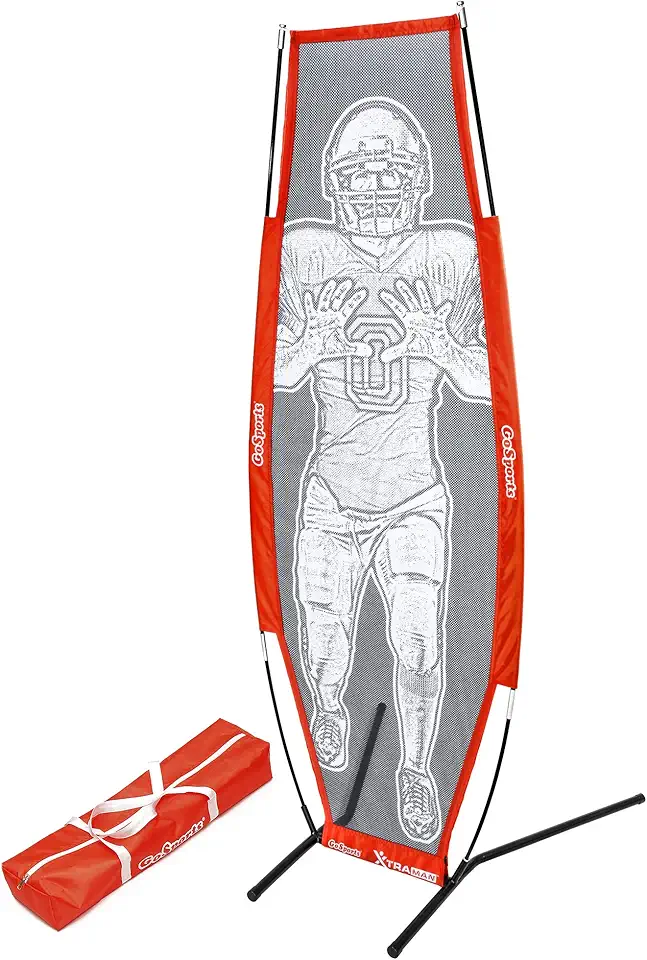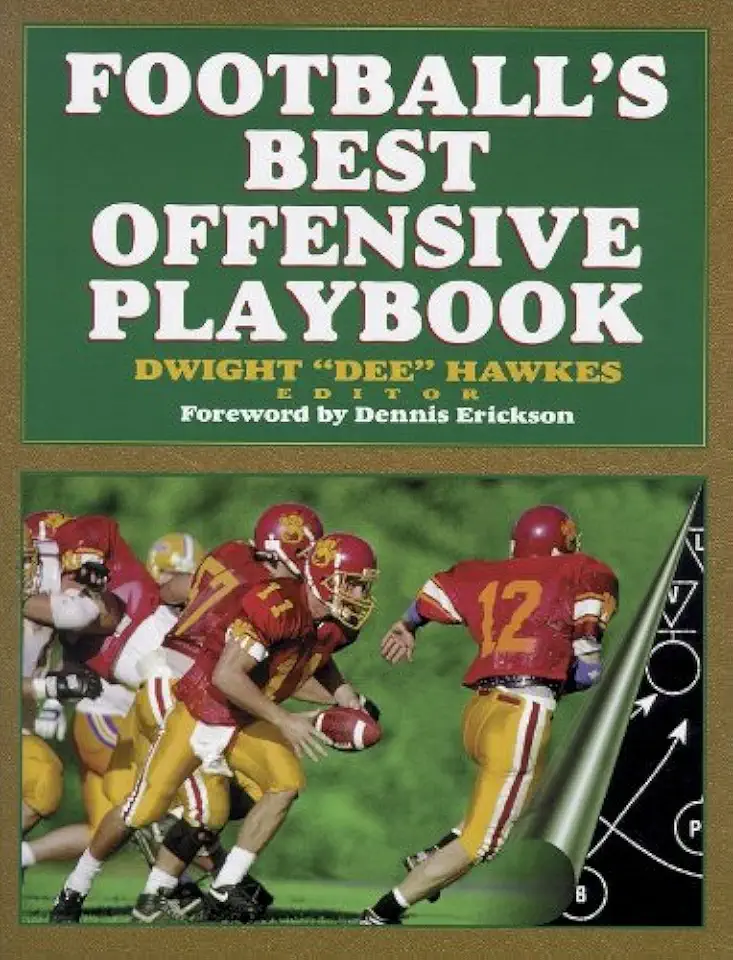Introduction
Strength training is an essential component for maximizing performance in football, particularly for running backs. As a running back, you need agility, speed, and the ability to withstand tackles—all of which are improved through targeted strength training exercises. This guide serves not only to provide insight into effective strength training strategies but also to aid you in enhancing your performance while reducing the risk of injury.
In this comprehensive guide, we will explore various football strength training exercises for running backs, focusing on warm-up routines, agility drills, lower and upper body strength exercises, core strengthening, plyometric workouts, and cool-down exercises. Each section will provide clear instructions and contextual recommendations for optimal training outcomes.
Goals and Objectives
The main goal of this guide is twofold: to equip you with a comprehensive knowledge of football strength training exercises specifically designed for running backs, and to help you develop the physical attributes necessary to excel on the field. By following these exercises closely, you can expect to see improvements in your explosive power, agility, and overall performance, while also minimizing your chances of sustaining injuries.
Warm-up Exercises (10-15 minutes)
Warming up is crucial for preparing your body for the intense workout ahead. Starting with light cardio, such as jogging or jumping jacks, helps raise your heart rate and increases blood flow to the muscles, making them more pliable. Spend about 5-10 minutes on this cardio segment.
Following the cardio, dynamic stretching is essential to engage your muscles in a way that's relevant to football. Incorporate exercises like leg swings, arm circles, and hip rotations which will promote flexibility and mimic in-game movements.
A great addition to your warm-up routine could be using a weighted football, such as the Champro Weighted Football. This unique tool allows you to engage in specific exercises designed to enhance strength and agility while getting your body ready for practice or a game.
Agility Drills
Having good agility will make you a more versatile running back. Incorporate cone drills into your routine using an agility training equipment set, which typically includes a 20-foot agility ladder, disc cones, and resistance bands. For instance, set up cones in various patterns to practice quick cuts, accelerating, and braking.
Shuttle runs and figure-eight drills can also enhance your side-to-side movement, mimicking the actions you’ll frequently take on the field. Start by marking out a distance, say 10 yards, and practice sprinting to the cone and back, focusing on maintaining speed while changing direction.
Lower Body Strength Exercises (30-40 minutes)
Lower body strength is particularly important for running backs, as they need explosive power and stability during their runs. Start with squats, which can be performed with resistance bands or weight plates to enhance their effectiveness. The Speed and Strength Training for Soccer program features excellent techniques for squats, ensuring you maintain proper form while targeting the major muscle groups.
Lunges should also be part of your lower body regimen. Use a football dummy, like the GoSports XTRAMAN, to simulate game situations. Practicing lunges around the dummy can provide you with the necessary strength and balance, making you more capable of dodging defenders and maintaining your speed during plays.
Core Strengthening Exercises
A strong core stabilizes your body and ensures efficient energy transfer during runs and tackles. Plank exercises are foundational for running backs; you can reference playbook-based core strengthening exercises for a structured approach. Holding a plank for various durations can engage your abs, back, and shoulders, enhancing your overall stability and endurance.
In addition to planks, consider adding Russian twists and leg raises into your routine. These exercises target your obliques and lower abs, crucial areas for maintaining balance and control in fast-paced situations on the field.
Upper Body Strength Exercises (20-30 minutes)
While the legs and core are primarily important for running backs, upper body strength shouldn’t be overlooked. Push-ups are an excellent way to build upper body strength. You can also include dumbbell presses to target the chest, shoulders, and arms. The Champro Weighted Football is a versatile tool here, as you can perform weighted variations for additional resistance during your push-ups and presses.
Bicep curls and tricep extensions using resistance bands or weight plates will enhance your upper body strength, which is vital for breaking tackles and pushing through defensive lines. Focus on high repetitions with moderate weight to boost your stamina.
Plyometric Exercises
Plyometric exercises are essential for developing explosive power and speed, which are crucial for running backs. Incorporate box jumps and depth jumps as they are great for improving your vertical jump and quickness off the ground. Using the agility training equipment set mentioned earlier can help integrate these plyometric exercises into your routine seamlessly.
Medicine ball tosses and slams are also effective workouts, targeting both your upper body and core while enhancing your explosive strength. These exercises translate well to football, as they replicate the kinetic movements involved in tackling and evading.
Cool-down Exercises (5-10 minutes)
Cooling down is an often-overlooked part of any training regimen. After an intense workout session, it’s crucial to allow your body to transition back to rest. Static stretching should be prioritized, focusing on major muscle groups such as your hamstrings, quadriceps, and calves. Gentle stretches can alleviate tension and promote flexibility, reducing the risk of injury as your body recovers.
Self-myofascial release techniques using a foam roller can aid recovery by breaking down muscle knots and enhancing blood flow. You can reference brain-centered foam rolling exercises that target specific muscle groups that are commonly tight or fatigued after rigorous training.
Comparison Table: Football Strength Training Programs
| Program | Pros | Cons |
|---|---|---|
| Speed and Strength Training for Soccer | Comprehensive program with soccer-specific exercises | May not be suitable for football players without soccer experience |
| GoSports XTRAMAN Football Dummy Defender Quarterback Training Mannequin | Focuses on football-specific drills and strength training | Limited to quarterback and defender positions |
FAQ
- Q: What is the most important aspect of football strength training for running backs? A: Building a strong foundation in lower body strength, agility, and core strengthening exercises is fundamental for any running back.
- Q: Can I use resistance bands or weight plates for upper body strength training? A: Yes, resistance bands or weight plates are versatile tools that can be integrated into upper body strength training, but ensure you focus on football-specific exercises to see maximum benefits.
Conclusion
In sum, implementing effective football strength training exercises for running backs is crucial for those aspiring to excel on the field. By consistently practicing dynamic warm-ups, agility drills, targeted strength training for both lower and upper body, core stabilization, plyometrics, and proper cool-down exercises, you'll develop the physical attributes required to enhance performance while minimizing injury risk.
Always remember that strength training should be tailored to your personal needs; consulting with a coach or a fitness professional can also help in structuring a program that best suits you. Utilize the products mentioned throughout this guide to support your training efforts, and most importantly, stay committed to your development as a running back.




